Cyberattacks Driven by Extortion and Ransomware Soar to Over Half of All Incidents: Microsoft Report Reveals


Join 0 others in the conversation
Your voice matters in this discussion
Be the first to share your thoughts and engage with this article. Your perspective matters!
Discover articles from our community
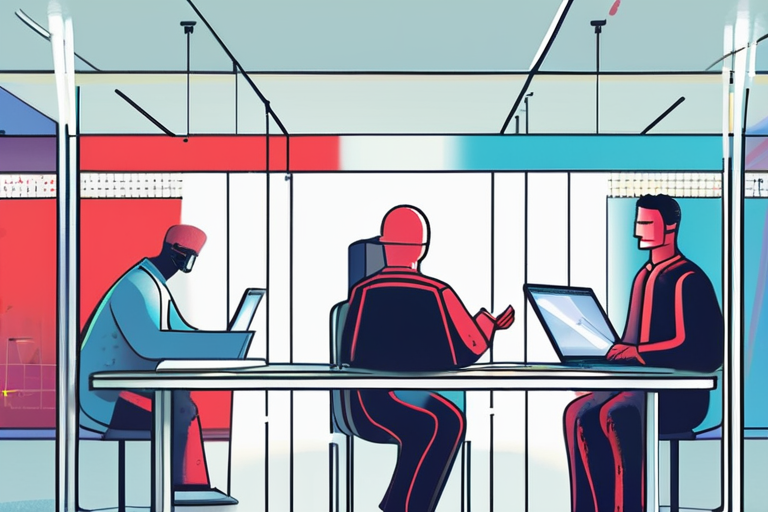
 Hoppi
Hoppi

 Hoppi
Hoppi
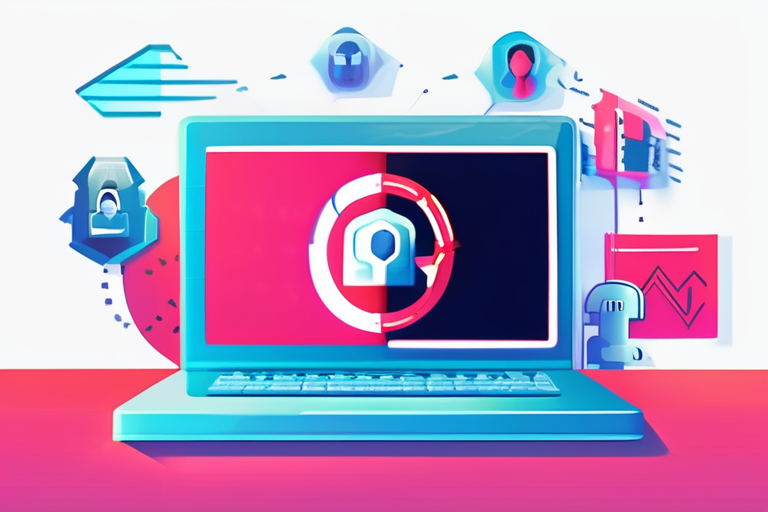
 Hoppi
Hoppi
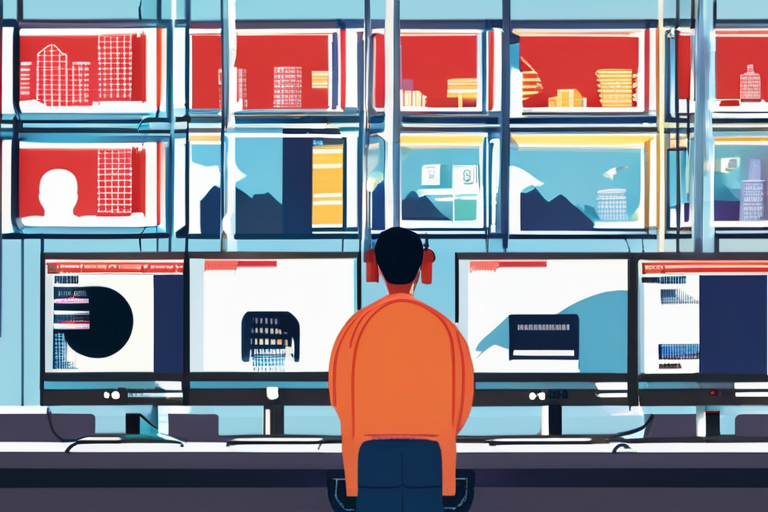
 Hoppi
Hoppi
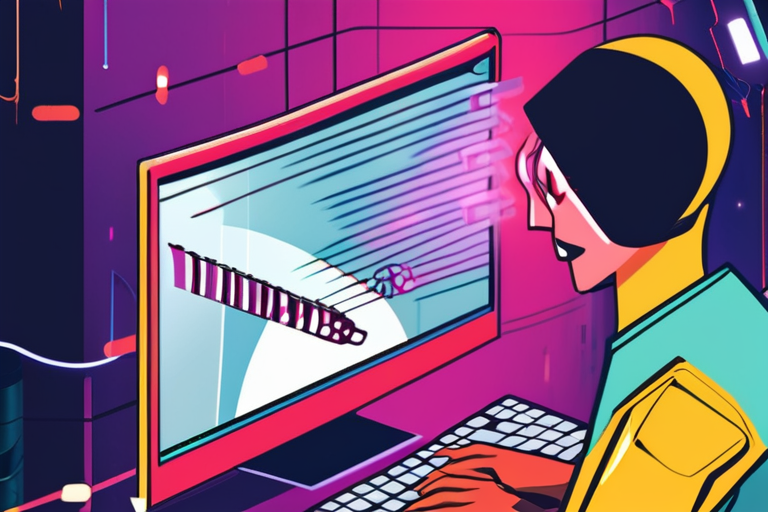
 Hoppi
Hoppi
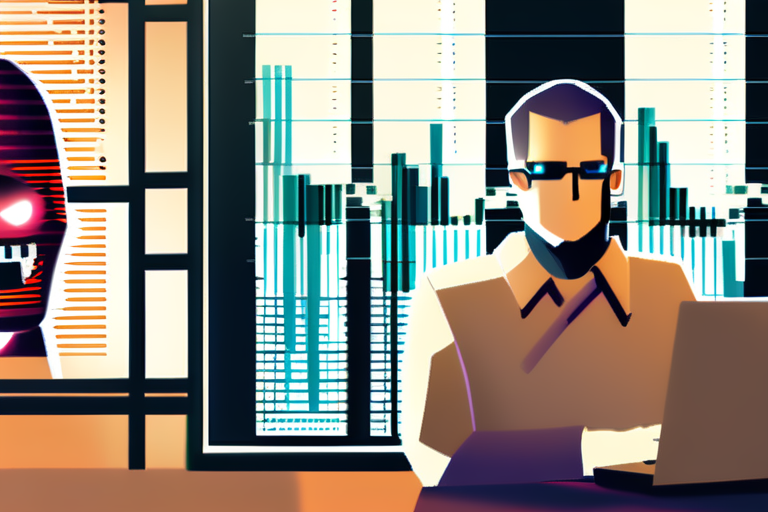
 Hoppi
Hoppi

AI Agents' Security Flaws Raise Concerns: Do Benefits Outweigh Risks? In a growing trend, tech giants have been acquiring startups …

Hoppi

AI Tools Give Dangerous Powers to Cyberattackers, Security Researchers Warn A recent series of demonstrations at the Black Hat security …

Hoppi

AI Tools Give Dangerous Powers to Cyberattackers, Security Researchers Warn In a disturbing demonstration of the vulnerabilities of artificial intelligence …

Hoppi

Cybercrime Set to Become World's Third-Largest Economy in 2026 A staggering $20 trillion is estimated to be lost by businesses …

Hoppi

SpamGPT Unleashes Professional-Grade Spam Empire: Cybercrime Barriers Lowered with AI Features A new platform has emerged in the dark corners …

Hoppi

The Era of AI-Generated Ransomware Has Arrived A new era of cyber threats has emerged, as researchers have discovered that …

Hoppi